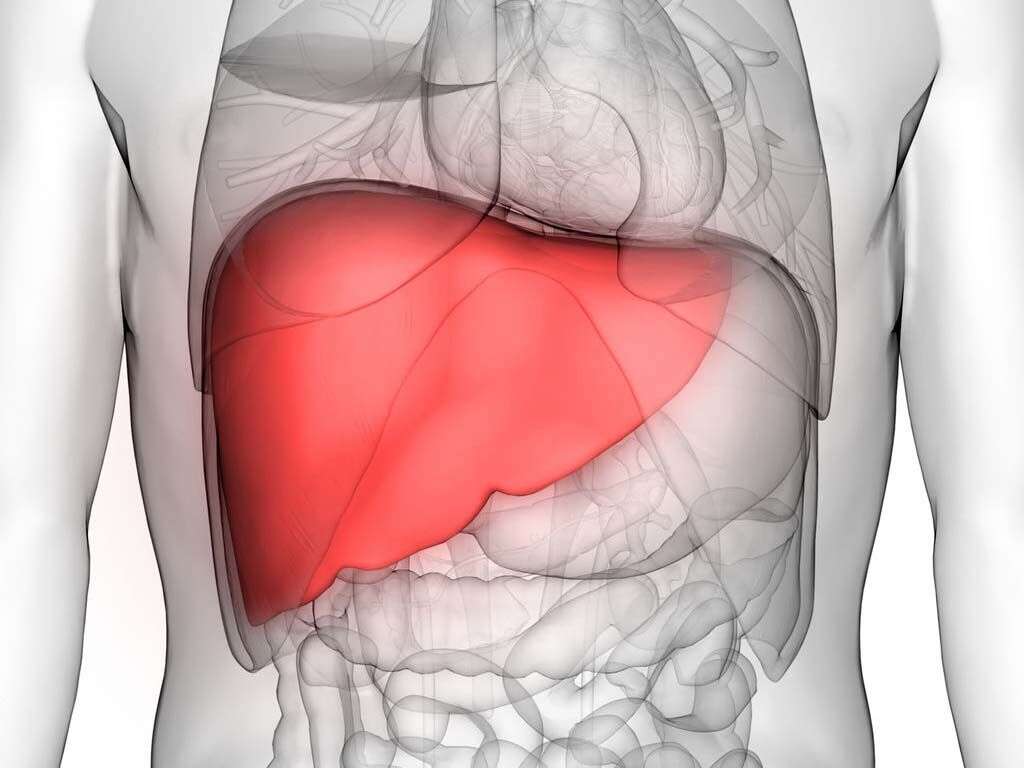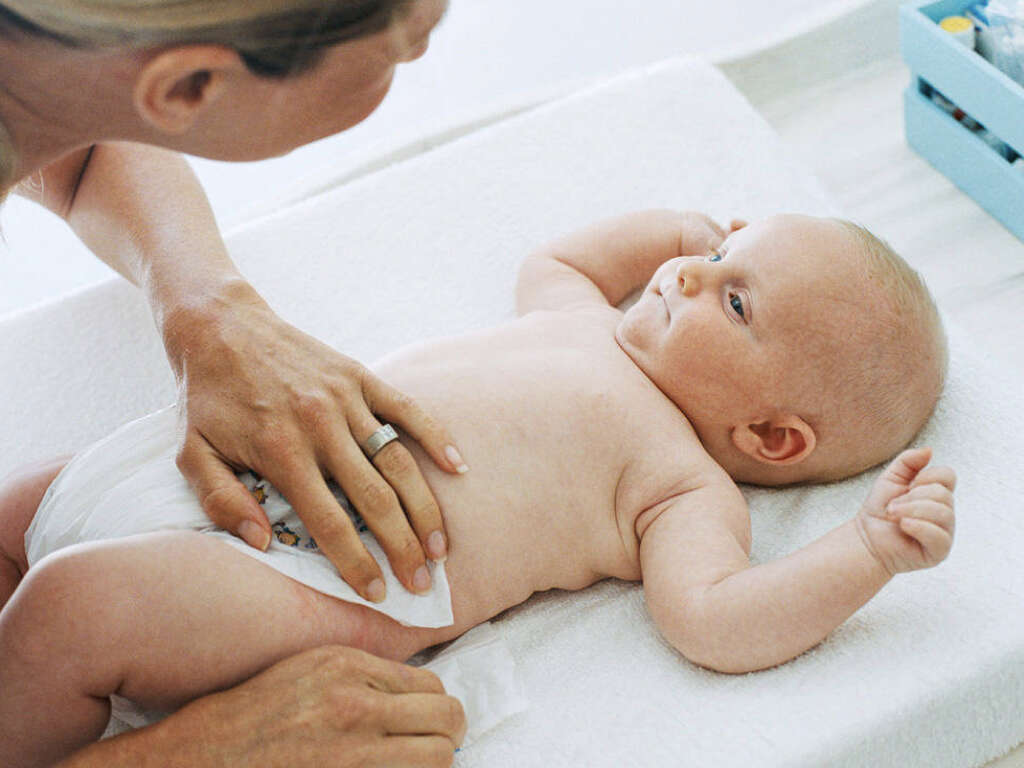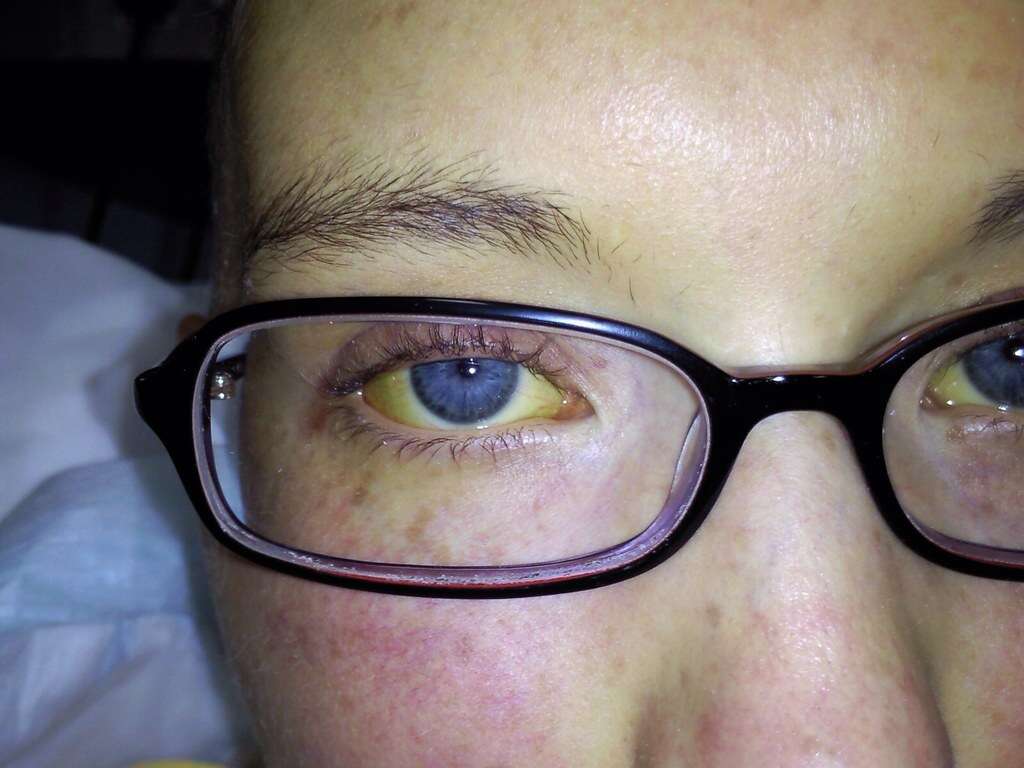What Is Yellow Fever?
When you travel to certain parts of the world it is important to make sure you are safe from diseases. There are numerous reasons why some diseases are more prevalent in other countries, including climate, vaccination rates, hygiene standards, and the local fauna.
If you travel to parts of South America and Africa then you are more likely to be exposed to a certain species of mosquito. These mosquitos feed on humans, as well as other animals, and they can carry viruses and other pathogens that can make us very ill. One example of a disease spread by mosquitos is yellow fever, and it can make us very ill indeed.

1. Yellow Fever
Yellow fever is a disease that is usually found in parts of Africa and South America. People in developed countries that catch the disease usually do so after having travelled to these areas. The disease is spread through the bite of a species of mosquito that is quite common in the area.
The majority of cases of yellow fever will be only mild, which is fortunate because there is no cure for the disease. It can become more serious in some cases, however, and it can lead to fatalities. While it cannot be cured, there is a vaccine that can prevent people catching the disease in the first place.

2. Causes
Aedes aegypti is the species of mosquito responsible for yellow fever, and it can also spread a number of other diseases. The mosquito causes yellow fever by infecting people with the yellow fever virus, which is a type of flavivirus. The virus can have different species as a host, which are usually humans and monkeys.
When a mosquito feeds from an infected host, it too can become infected with the virus. When the mosquito chooses its next meal, it will bite into the blood stream, potentially allowing the virus to enter into its new host. One in the bloodstream, the virus may go on to proliferate and cause problems for its new host.
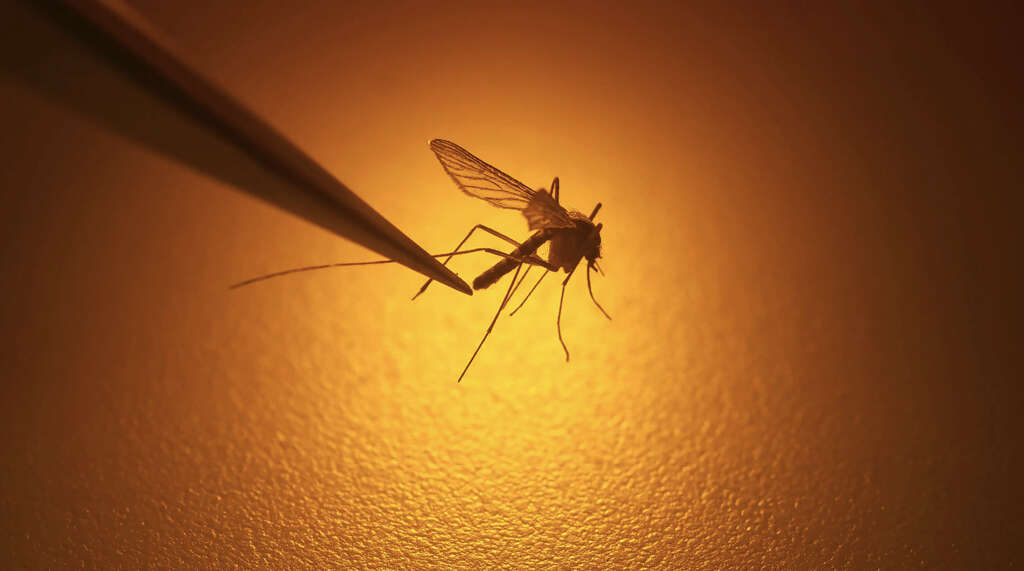
3. Incubation Period
Many diseases will not cause us to feel ill immediately, and it will take time for the yellow fever virus to proliferate to numbers significant enough to cause symptoms. In most cases the symptoms won’t appear for between 3 and 6 days after the initial infection took place. The period before symptoms do show is the incubation period.
Mosquito bites are common in many parts of the word, so a bite is not likely to alarm somebody that they might have been infected. Once the incubation period has passed and the patient starts showing symptoms, they will move into the acute phase.
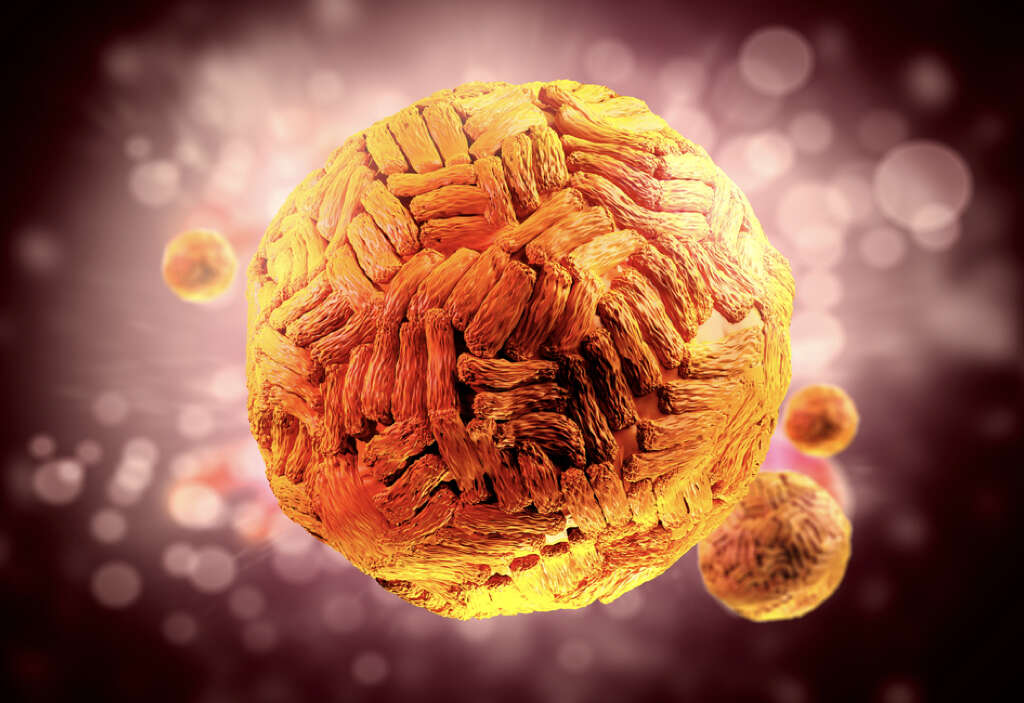
4. Acute Phase
As mentioned, the acute phase is when symptoms start to appear. The symptoms typically include a headache and a fever. Nausea is another likely symptom, and it will also sometimes cause the patient to vomit. Patients with yellow fever will also sometimes be unusually sensitive to light.
Aching muscles is another likely symptom, and it is the knees and back that are most likely to be affected. The patient can also lose their appetite, and they will also sometimes experience dizziness. Yellow fever will also sometime cause the patient to develop a red face, red eyes, and a red tongue.

5. Toxic Phase
The symptoms of the acute phase will eventually pass for a day or two, but this does not mean the patient is cured. After a day or two, the toxic phase will arrive, and the symptoms are likely to be a lot more severe. The patient will also develop symptoms they did not have previously.
Yellow fever can cause the kidneys and liver to begin to fail, and this can cause jaundice. The patient will likely start urinating less frequently and they can also experience abdomen pain. Many will vomit, and blood will sometimes be in their vomit. The patient’s heart can slow down and their brains will also struggle to function.

6. Complications
Liver and kidney failure caused by the condition can cause further problems for the patient. The damage caused to the brain can also be severe, potentially leading to severe neurological conditions. Patients can begin to lose cognitive abilities, experience delirium, and they can also have seizures. Comas are another possibility.
Some patients with yellow fever will also go on to develop secondary bacterial infections. This includes blood infections, and pneumonia, both of which can be very dangerous. Many people that enter into the toxic phase of the disease will die, with organ failure being one of the most common causes of death.
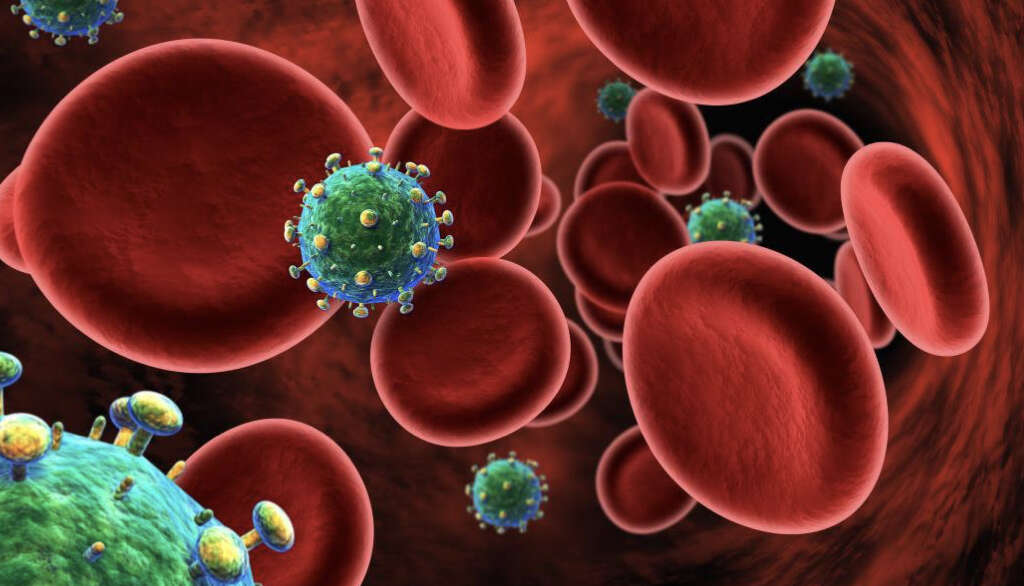
7. Risk Factors
Yellow fever is not usually found in the United States and in many other developed countries. Those people that do catch the disease are usually those that live in, or travel to, certain parts of Africa and South America. People that travel to high risk parts of the world without a vaccination are particularly likely to catch the disease.
While anybody can be infected, people with a weakened immune system are more likely to catch the disease. In addition to being more likely to catch the disease, people with a weakened immune system are also more likely to develop serious symptoms.

8. Prevention
Yellow fever is relatively easy to prevent thanks to the presence of an effective vaccine. People should always make sure that they are vaccinated before travelling to parts of the world where they are likely to be exposed to the virus. If you are unsure, then you should speak with your doctor to be on the safe side.
In addition to vaccines, protecting yourself against mosquitos is another way to help keep you safe. One way to achieve this is to wear long, loose clothing, and to try and stay in during dusk and dawn when mosquitos are at their most active.
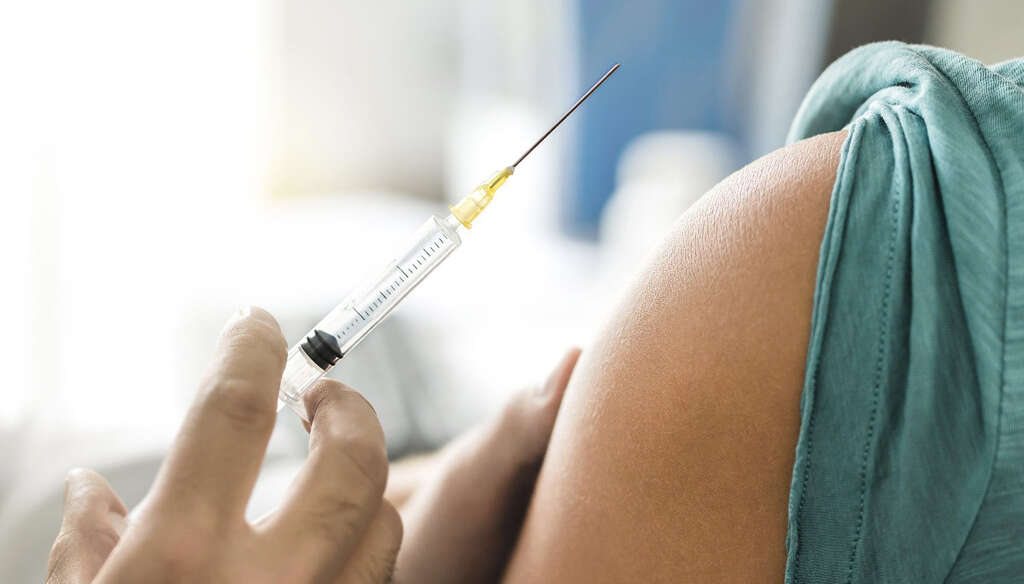
9. Diagnosis
The early symptoms of yellow fever are similar to many other diseases, so it will often be misdiagnosed to begin with. Your doctor may ask if you have been travelling and, if you have been travelling to certain parts of the world, they may request tests.
Yellow fever is relatively easy to diagnose with some simple tests. The doctor will likely ask for a small blood sample which can then be sent away to a lab for analysis. The blood of an infected person will likely contain antibodies that the body produces to beat the virus, while it might also contain the virus itself.
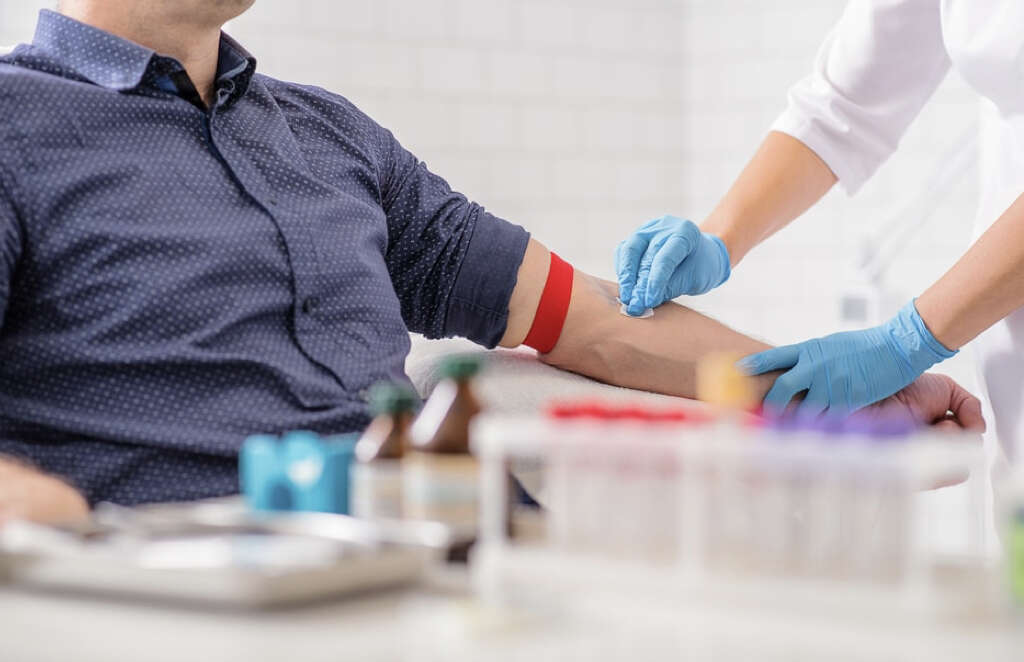
10. Treatment
There is no treatment for the yellow fever virus, and the patient’s immune system will need to fight the virus alone. Thankfully, the immune system is strong enough in the majority of cases. However, treatment is available for the patient’s symptoms, and for some of the complications the disease might cause.
It is important that the patient is kept hydrated, and they may also need oxygen. If kidney failure occurs then dialysis will likely also be necessary. It will also be important to treat any secondary infections that may occur. Some patients will need to be placed on a ventilator to help ensure they get oxygen, and carbon dioxide is removed.






